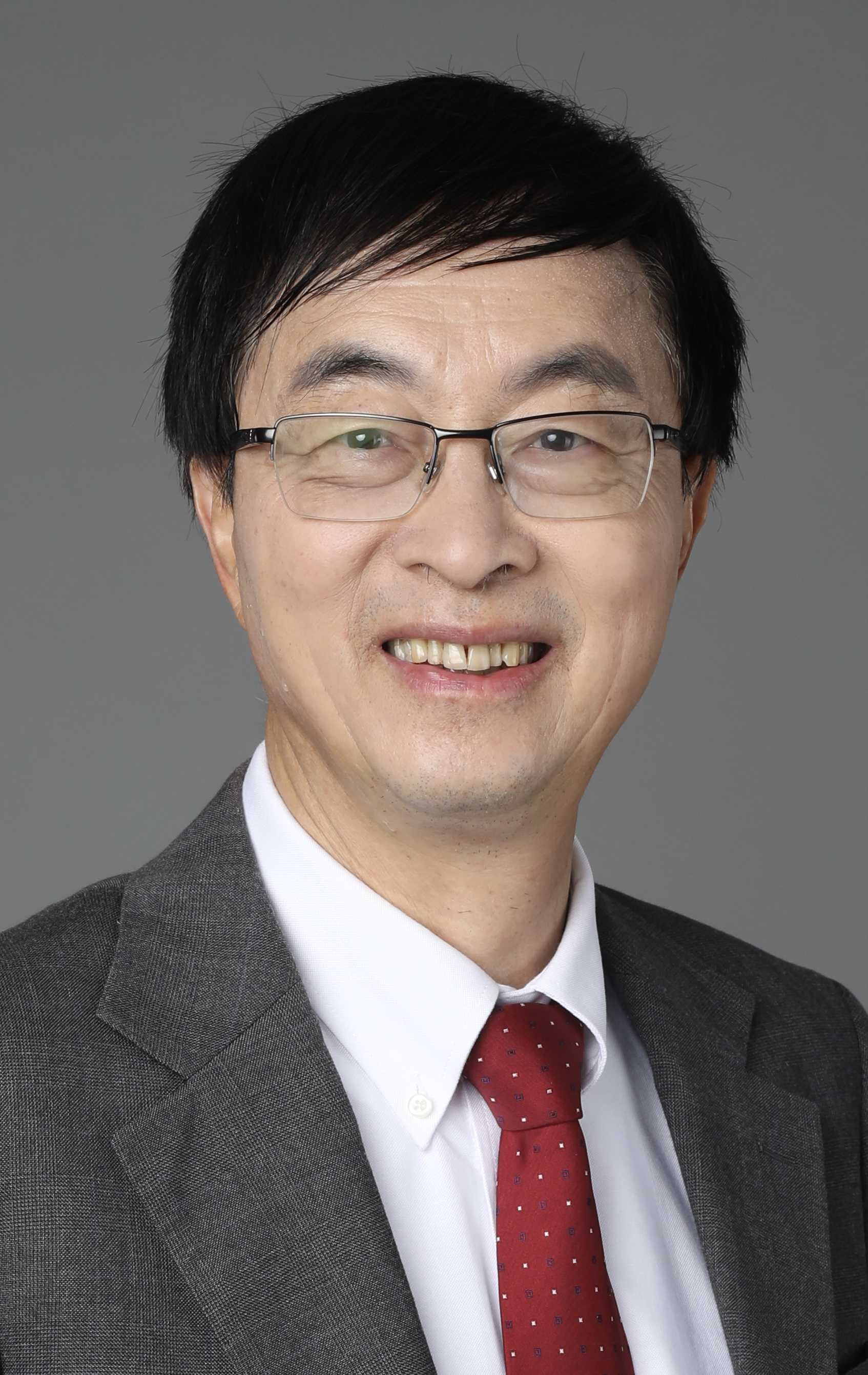
搜索网站、位置和人员

新闻与活动 活动信息
生命科学专题学术讲座 | 孙毅:SAG/RBX2-Cullin-RING ligase in human cancer: From target identification to drug discovery
时间
4月30日星期二
16:00-17:30
地点
云谷校区E9-109会议室
主持
西湖大学生命科学学院 俞晓春教授
受众
全体师生
分类
学术与研究
生命科学专题学术讲座 | 孙毅:SAG/RBX2-Cullin-RING ligase in human cancer: From target identification to drug discovery
时间:4月30日星期二16:00-17:30
Time:4:00-5:30 PM, Tuesday, April 30,2024
主持人:西湖大学生命科学学院教授 俞晓春
Host:Dr. Xiaochun Yu, Professor of School of Life Sciences
地点:云谷校区E9-109会议室
Venue:Room E9-109, Yungu Campus
主讲嘉宾/Speaker:

Dr. Yi Sun, Qiushi chair professor at Zhejiang University School of Medicine
Dr. Sun is a Qiushi chair professor at Zhejiang University School of Medicine. He was endowed as Lawrence-Krause Research Professor in Radiation Oncology at the University of Michigan. He also served as a founding Dean at the Institute of Translational Medicine, Zhejiang University, China in 2014-2018, and has been a Fellow of the American Association for the Advancement of Science (AAAS) since 2012.
The main research focus of Sun laboratory is to define the role of Cullin RING ligases (CRLs) and protein ubiquitylation/neddylation in regulation of tumorigenesis. His laboratory has validated CRLs and protein neddylation, upon abnormal activation in cancer, are promising cancer targets, and is actively engaging in the discovery of small molecule inhibitors of CRLs-neddylation for cancer therapy.
Dr. Sun authored ~290 peer reviewed articles, published in several prestigious journals as a corresponding author, including Dev Cell, eLife, J Cell Biol, J Clin Invest, Mol Cell, Nature Communs, PNAS, Science Advs, with more than 38,500 citations and H index of 77. He has been elected as a highly cited scholar in China for 7 consecutive years. His research was continuously supported by various national and international funding agencies.
讲座摘要/Abstract:
Cullin-RING ligases (CRLs) is the largest family of E3 ubiquitin ligases, consisting of four components: 1) a scaffold protein cullin with 8 family members, 2) an adaptor protein with few hundred members, 3) a substrate-recognizing protein with few hundred members, and 4) a RING protein with two family members, RBX1 or RBX2 (also known as SAG). CRLs are responsible for ubiquitylation of ~20% cellular proteins doomed for proteasome degradation, thus regulating many biochemical and biological processes, including signal transduction, cell cycle progression, DNA replication, stress responsiveness, development, and tumorigenesis.
SAG/RBX2 is also an E3 ligase for neddylation, a process similar to ubiquitylation, catalyzed by E1 activating, E2 conjugating enzymes, and E3 ligase to attach NEDD8, an ubiquitin like molecule, to a substrate. Cullin family members are physiological substrates of neddylation, and cullin neddylation activates CRLs. SAG is overexpressed in a number of human cancers, which is associated with poor survival of patients. We found that Sag deletion remarkably suppressed tumorigenesis in the lung, triggered by KrasG12D, and in the prostate, triggered by Pten loss, indicating that Sag is an oncogenic cooperating gene. We have launched a drug discovery project to find small molecule inhibitors that target SAG E3 (both ubiquitylation and neddylation) for anticancer application. More details will be presented.
联系人/Contact:
生命科学学院
于文越 yuwenyue@westlake.edu.cn

















